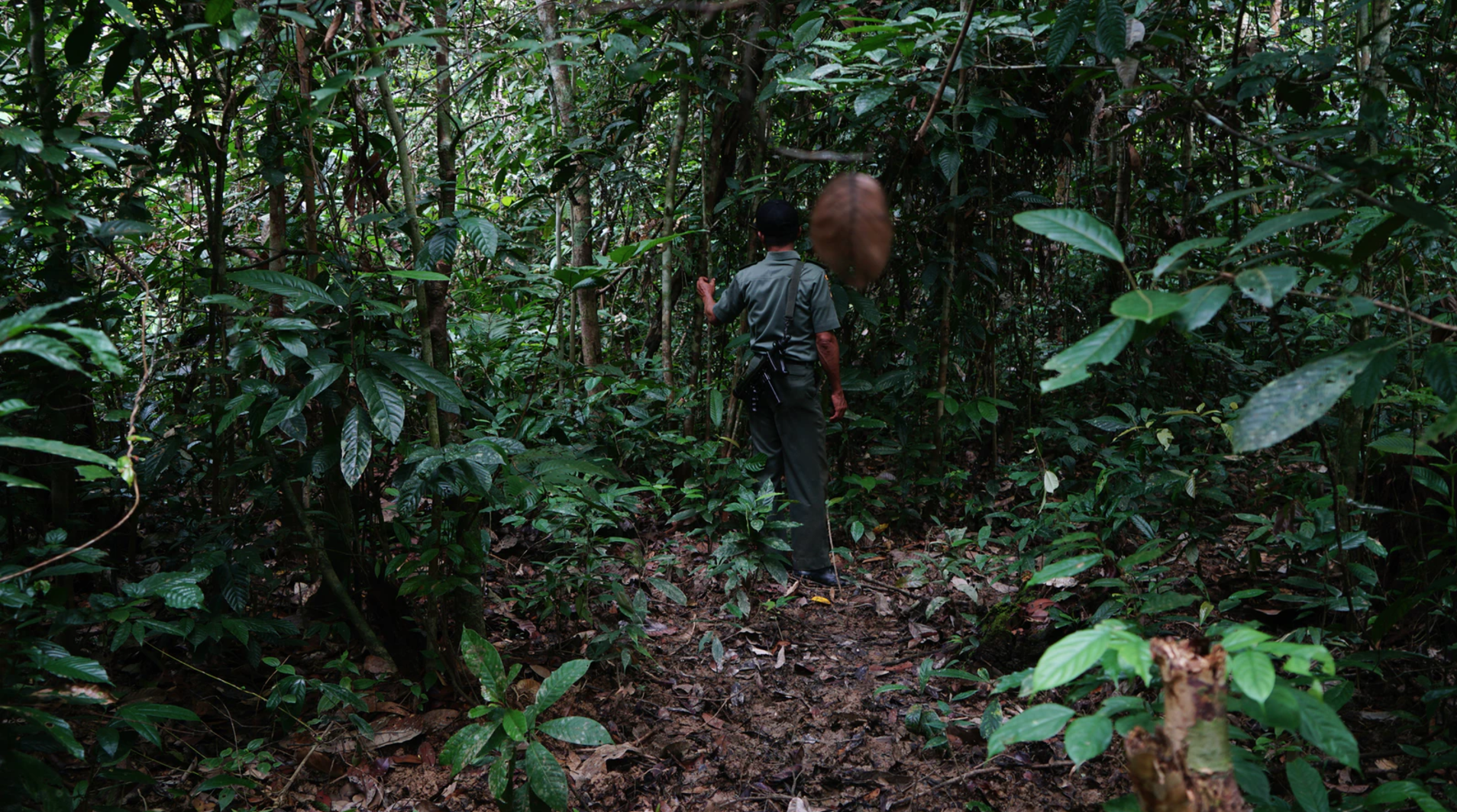















There are around 600 Sumatran Tigers left in Indonesia. The Sumatran Tiger project has identified several causes of the declining tiger population. These include the booming population and industry expansion encroaching on the tigers’ habitat. The second most common cause is illegal poaching. Tigers are hunted for their fur, teeth, and body parts, traded for traditional medicine, amulet, magic, and souvenirs.
According to the report Burning Bright: UNDP and GEF in the Tiger Landscape, tigers are top predator. They balance the food chain by controlling populations of species, preventing any one species from dominating the habitat.
As an iconic species, tigers are the face of endangered animals in Indonesia, a country with the most number of endangered and extinct species in south-east Asia
Assignment for UNDP Indonesia
Blog by Maria H.

Community ranger Hayden Peterson has always been in love with forest, but his life wasn’t always about protecting Mother Earth.
Several years ago, he spent his days poaching exotic birds illegally. The turning point of his life came when he was caught by forest rangers. Today he belongs to an elite community ranger team, as part of the Tiger Protection Patrol Unit, a group that undertakes patrol activities in national park areas, with specific skills related to Tiger monitoring.

Iwan Gunawan (35), says clearing human-made traps or ‘Jerats’ that target tigers, is a crucial part of his patrolling duties. He says on each patrol he usually gathers up to three jerats in the national park.

Suratman has been serving as a forest ranger for 20 years, stationed in one of the offices in Berbak National Park. He was caught by poachers back in 1998. Stabbed and thrown into swamps, he survived with 57 stitches in his head and thigh.